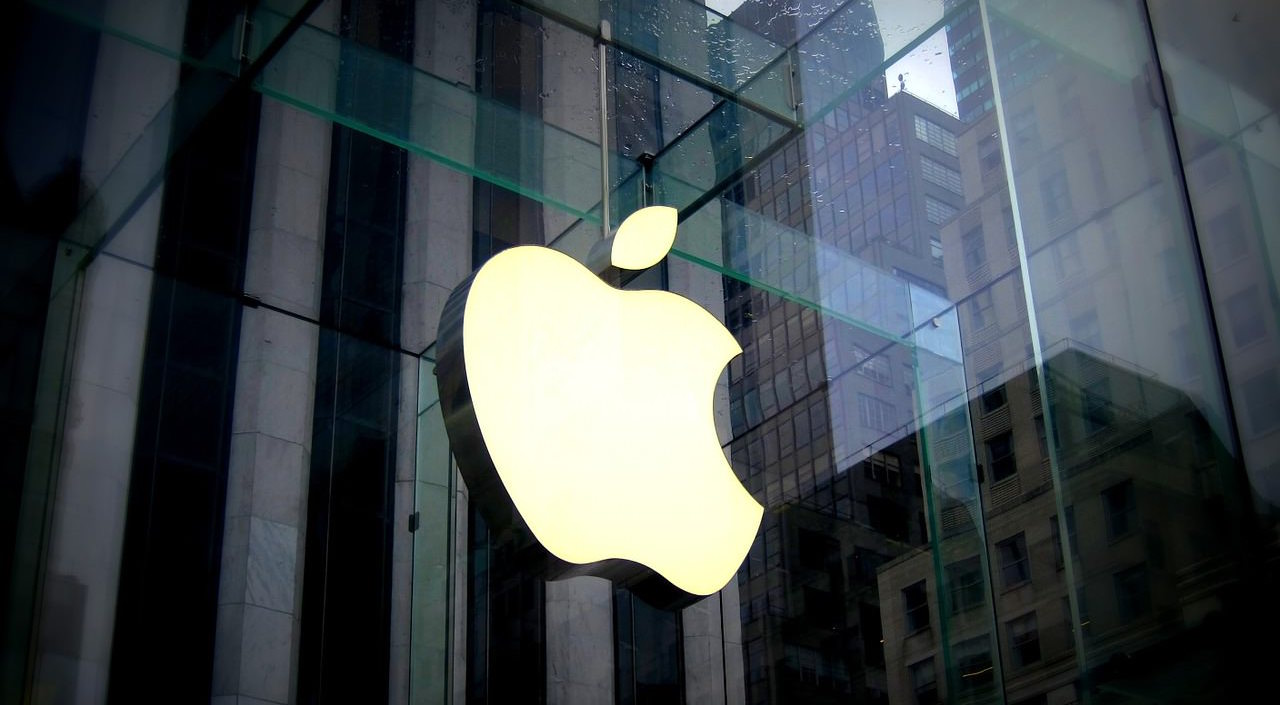by Mike Pyle, Blackrock
Mike shares his thoughts on how to make sense of the recent market turbulence – and what it means for investing.
Global markets went on a wild ride last week amid deepening risk-off mood. Perceived safe-haven assets such as gold and government bonds rallied at the expense of risk assets, including stocks. The inversion of part of the U.S. Treasury yield curve sparked recession fears. We still see limited near-term recession risks as central banks’ dovish pivot helps stretch the economic cycle, yet caution that trade and geopolitical tensions pose downside risks.
A resurgence in geopolitical tensions – a key theme of our Midyear 2019 Global Investment Outlook – has raised concerns about downside risks to the economic outlook. These have been reflected in a selloff in equities and a rally in prices of developed market (DM) government bonds (corresponding to a decline in their yields). U.S. 10-year Treasury yields have dropped to the lowest level in three years. German 10-year government bond yields hit all-time lows, deeper in the negative territory. See the chart above. Yields on longer-maturity bonds also declined, with 30-year yields plunging to record lows in the U.S., UK, Germany and Switzerland. A U.S. Treasury yield curve inversion – with two-year yields now exceeding their 10-year counterparts – further spooked markets. Such inversions in the past have often foreshadowed recessions, but we believe the signaling power of the yield curve has diminished amid changing market dynamics.
Examining market dynamics
The European Central Bank (ECB)’s aggressive dovish pivot, a surge in short-dated Treasuries issuance and heavy buying of longer-dated Treasuries from institutions such as pension funds have all contributed to a flattening yield curve. A collapse in the term premium – or the excess yield investors demand for holding longer maturities – and a global savings glut have also pushed down long-term interest rates. As a result, we caution against using the flattening yield curve in isolation as a signal. To be sure: We did downgrade our growth outlook, as trade and geopolitical frictions are stoking greater macro uncertainty. Yet we see little near-term risk of U.S. recession. One sign of still resilient economic fundamentals: Financial conditions in the U.S., eurozone and Japan remain accommodative, even after having tightened noticeably over the last few weeks due to intensifying U.S.-China tensions.
We are moderately constructive on equities, with the expansion intact and valuations still reasonable. Our research also shows equities have historically performed well in late-cycle periods. Yet geopolitical tensions are likely to trigger bouts of significant volatility. The market is vulnerable to sentiment swings: The bulk of global equity market returns this year has been driven by multiple expansion, rather than earnings growth. The resilience of U.S. corporate earnings in the first half of 2019 underlines our preference to U.S. equities. Earnings were roughly in line with year-ago levels, and surprised to the upside, albeit against sharply lowered expectations. This is no small feat, as early-2018 earnings were boosted by tax cuts. European corporates are expected in aggregate to post earnings declines for the second quarter – but not as steep as in the first quarter. We are neutral on European stocks.
Bottom line
Government bonds have served their role as portfolio ballast during risk-off bouts, reinforcing our call for greater portfolio resilience. We are neutral on government bonds overall, but on a tactical basis we are underweight U.S. Treasuries. We see market expectations of aggressive Federal Reserve easing as excessive and inflation risks as underappreciated. We like min-vol as an equity style factor. It has historically tended to perform well during economic slowdowns – and has held up well during the latest risk selloff.
Mike Pyle is BlackRock’s global chief investment strategist. He is a regular contributor to The Blog
Investing involves risks, including possible loss of principal.
This material is not intended to be relied upon as a forecast, research or investment advice, and is not a recommendation, offer or solicitation to buy or sell any securities or to adopt any investment strategy. The opinions expressed are as of August 2019 and may change as subsequent conditions vary. The information and opinions contained in this post are derived from proprietary and nonproprietary sources deemed by BlackRock to be reliable, are not necessarily all-inclusive and are not guaranteed as to accuracy. As such, no warranty of accuracy or reliability is given and no responsibility arising in any other way for errors and omissions (including responsibility to any person by reason of negligence) is accepted by BlackRock, its officers, employees or agents. This post may contain “forward-looking” information that is not purely historical in nature. Such information may include, among other things, projections and forecasts. There is no guarantee that any forecasts made will come to pass. Reliance upon information in this post is at the sole discretion of the reader. Past performance is no guarantee of future results. Index performance is shown for illustrative purposes only. You cannot invest directly in an index.
©2019 BlackRock, Inc. All rights reserved. BLACKROCK is a registered trademark of BlackRock, Inc., or its subsidiaries in the United States and elsewhere. All other marks are the property of their respective owners.
BIIM0819U-930635
This post was first published at the official blog of Blackrock.

















